Template for Creating a Personal Reference Letter
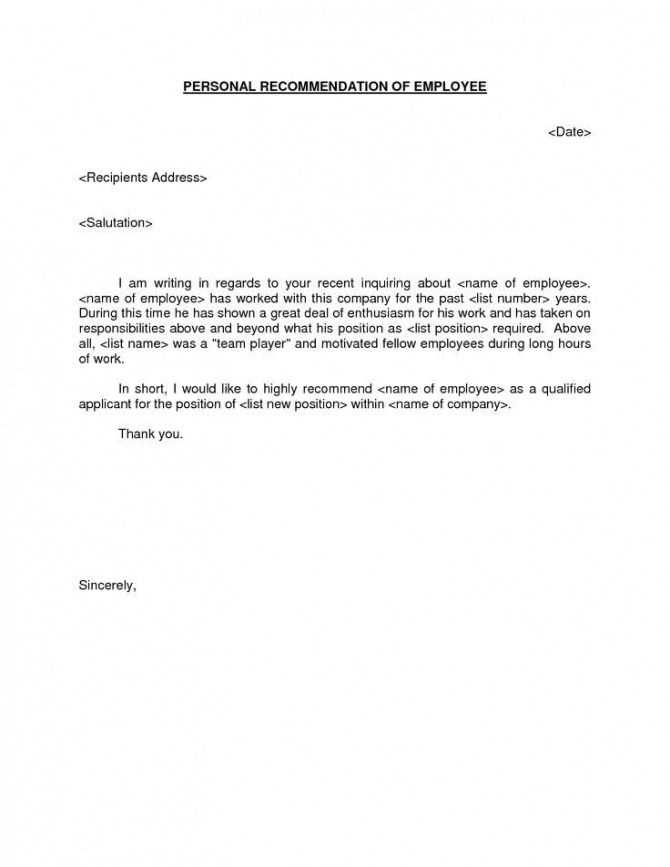
Creating a well-crafted recommendation can make a significant difference in someone’s life, whether they are applying for a job, seeking admission to a program, or trying to gain trust in a professional setting. This type of communication serves to highlight an individual’s qualities and character, making it easier for others to assess their suitability for a particular opportunity.
Key Components to Include
When drafting this kind of document, several key elements are essential. These components ensure the message is clear and effective:
- Introduction: Begin by introducing yourself and explaining your relationship with the individual. This establishes your credibility and connection.
- Qualities: Highlight the personal traits that make the person unique, such as honesty, dedication, or creativity.
- Specific Examples: Provide concrete examples of how the individual has demonstrated these qualities in past situations.
- Conclusion: End with a strong statement of support, emphasizing your belief in the person’s abilities and character.
Crafting a Convincing Narrative
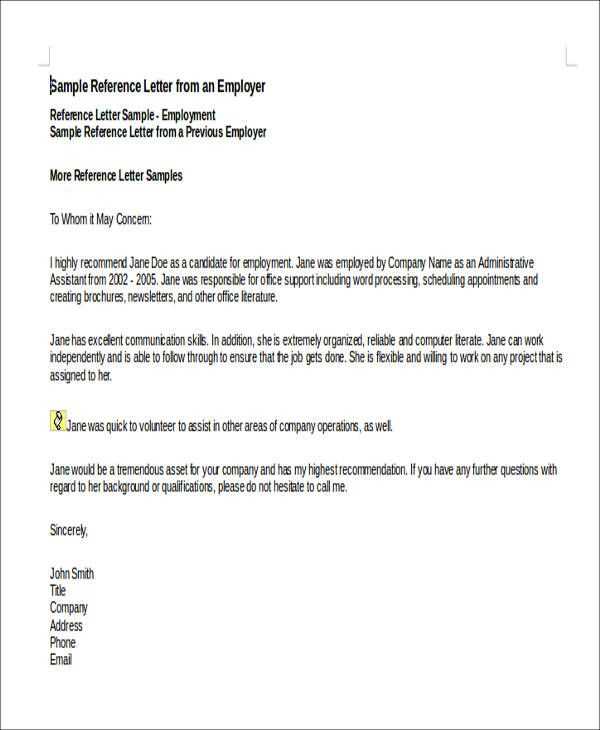
While listing qualities is important, making the narrative compelling is equally essential. It’s not enough to simply state that someone is hardworking–show it through specific instances where their actions reflected this trait. Whether it’s a project they led or a challenge they overcame, these examples add depth and authenticity to the recommendation.
Formatting and Structure
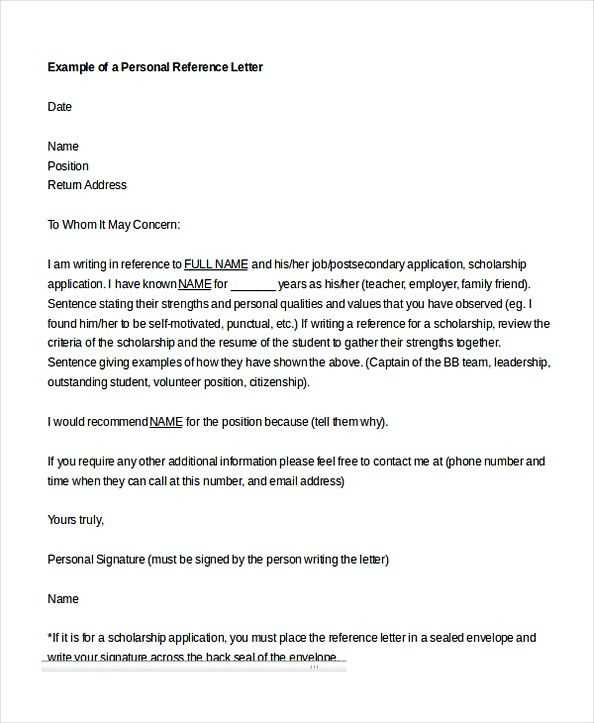
While the content is crucial, how the message is structured also matters. Start with a warm greeting and then provide a brief but thorough explanation of the context. Use paragraphs to break up the information and make it easier to digest. The tone should remain positive and professional throughout, avoiding overly casual language or exaggerations.
Final Tips for Writing
To ensure the effectiveness of your endorsement, here are some additional tips:
- Keep the letter concise but comprehensive.
- Avoid vague statements–be specific about the individual’s strengths.
- Tailor the content to fit the purpose of the recommendation.
- Proofread for grammar and spelling errors to maintain professionalism.
In the end, a well-written recommendation can serve as a powerful tool to help someone advance in their career or educational pursuits. By focusing on the individual’s key qualities and presenting them in a structured and engaging way, you’ll be able to create a compelling case that resonates with the reader.
Understanding the Importance of a Character Endorsement
Providing a detailed endorsement plays a vital role in demonstrating someone’s abilities, qualities, and character. This form of support is often crucial for individuals applying for jobs, academic positions, or other opportunities. The strength of such a recommendation can significantly influence the decision-making process of the recipient.
Key Elements to Include in Your Communication
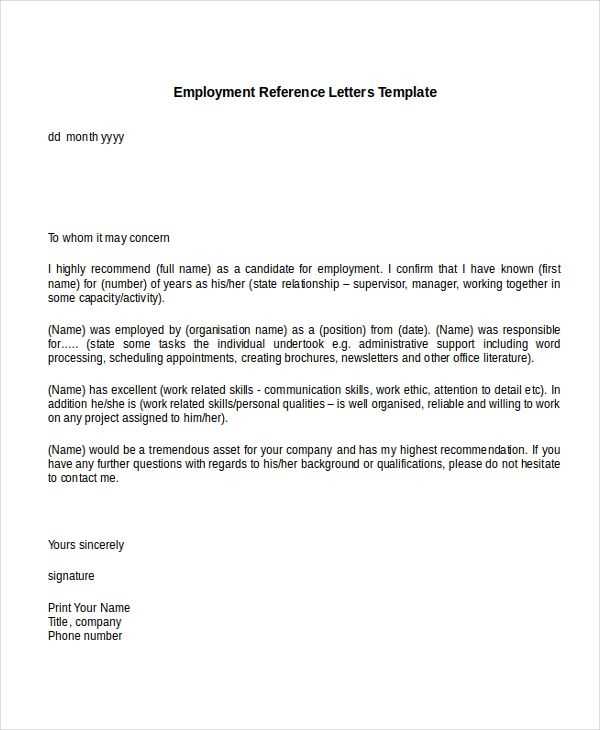
To create a persuasive and effective endorsement, certain elements must be included. These include an introduction that establishes your connection to the individual, a discussion of their skills and attributes, and specific examples that highlight their achievements. Conclude with a strong statement of support, reaffirming the individual’s potential.
How to Structure a Compelling Recommendation
Begin by introducing yourself and the nature of your relationship with the person being recommended. Follow this with a description of the key qualities and strengths they possess, supported by specific instances or accomplishments. Conclude with a positive endorsement that emphasizes why the individual is a great fit for the opportunity at hand.
Ensure the communication is clear, professional, and well-organized. Each section should flow logically to the next, presenting a cohesive argument in favor of the person’s suitability. Avoid being overly vague or general–specific details and examples help make your endorsement more impactful.
Common Mistakes to Avoid
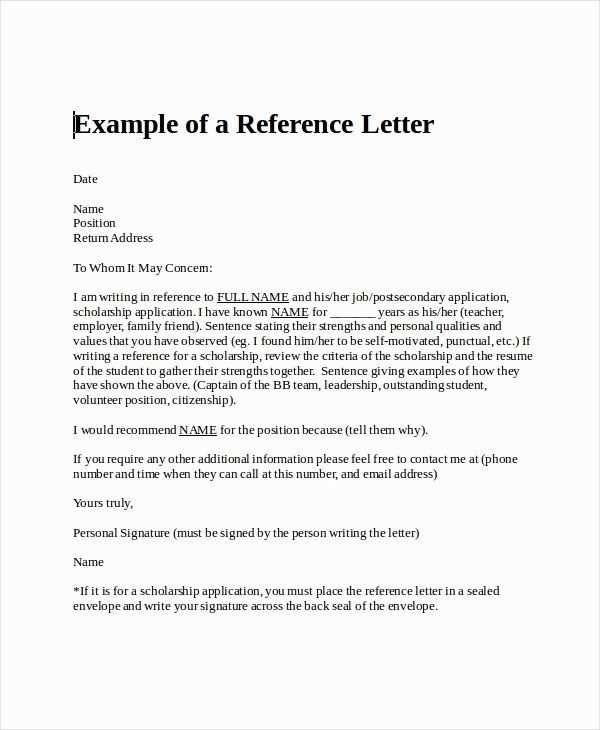
One common mistake is providing too little detail. A generic endorsement does not help the individual stand out. Another pitfall is focusing too much on personality traits without demonstrating how those traits have been effectively applied in real situations. Lastly, avoid exaggeration, as it can come across as insincere.
Tips to Make Your Endorsement Stand Out
To make your recommendation more compelling, focus on qualities that are relevant to the specific opportunity. Use concrete examples to demonstrate the person’s abilities and strengths. Keep the tone professional, yet warm, and tailor the content to match the intended recipient’s expectations or requirements.
When and How to Use a Recommendation
Such endorsements are often required when someone is applying for a new job, seeking admission to a school or program, or applying for a position that requires a trusted character assessment. Understanding when to use this type of communication ensures it serves its purpose in advancing the individual’s goals.
Examples of Effective Endorsements
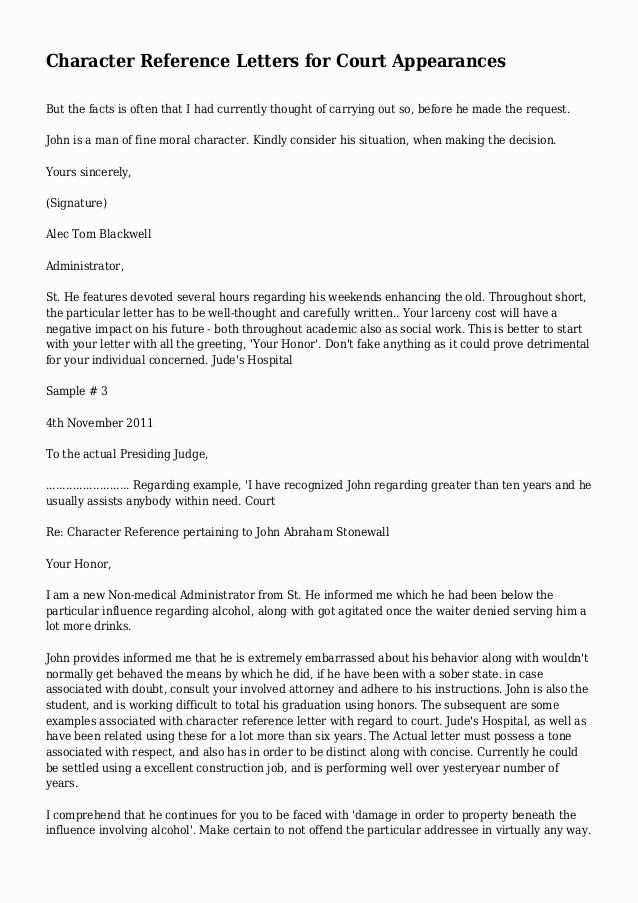
To fully understand how to craft an impactful recommendation, reviewing examples can be beneficial. Effective endorsements are clear, concise, and focused on specific achievements that relate to the intended purpose. These examples provide insight into how to balance professionalism with personal insight to make the recommendation truly stand out.